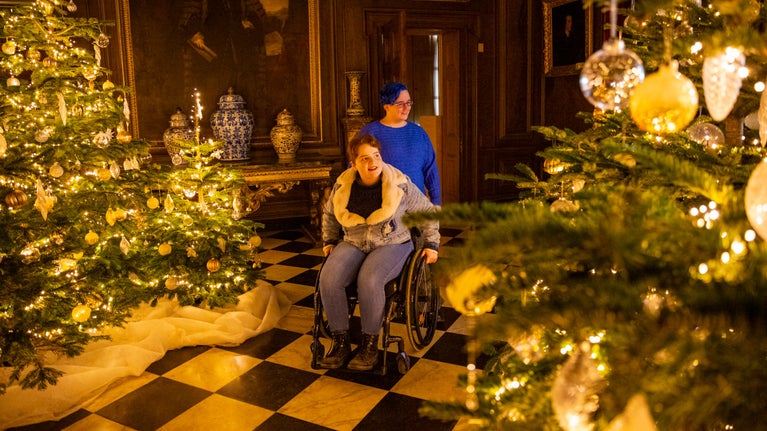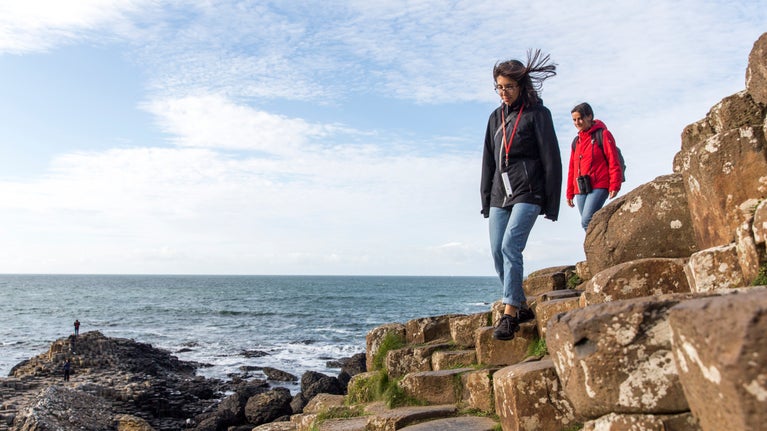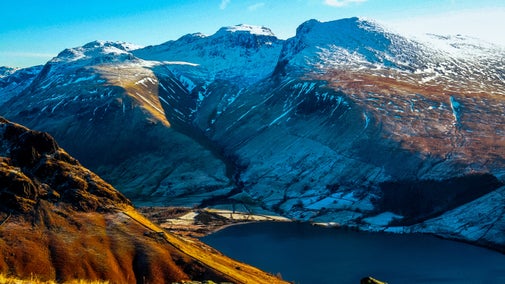
Where will you visit next?
Discover lots of gardens, historic houses, days out at the coast and more.

We want nothing more than for you to enjoy your time at the special places in our care. But please be alert and follow these guidelines to keep you and your family as safe as possible.
While we are dedicated to looking after landscapes for the enjoyment of everyone for ever, it’s also very important that people remain safe throughout their visits, both indoors and outdoors.
Where we can we put up safety signs, but as we look after hundreds of thousands of acres of land and 775 miles of coast in the UK, we can’t put up signs everywhere. We want to ensure as much as possible that visitors can enjoy natural sights without undue intervention or intrusion.
So…
This is why we feel that asking visitors to always be aware and vigilant of potential risks at the coast and countryside is one of the best ways to help them look after their personal safety.
We encourage everyone to make sure that they are aware of any hidden dangers, high and low tide times, and local weather forecasts.

When visiting coastal locations, for example, sea conditions can change rapidly. There can be rip currents even on the calmest days, particularly where there is a river nearby.
Some beaches are not safe to bathe at. You should always follow the advice provided at beaches and coastal areas.
We would also reinforce the message put out by safety organisations, such as the RNLI, that it is always better to bathe at lifeguarded beaches.
There are many other ways to help keep safe:
Ultimately, we want everyone to fully enjoy the diversity of the nation’s coastline and countryside in our care, but also want to keep you as safe as possible to enhance that enjoyment.
Thank you for your support and for helping us to help you.

Discover lots of gardens, historic houses, days out at the coast and more.
Discover the best accessible trails to explore with pushchairs, wheelchairs and mobility aids across the places we look after. Get out in nature without having to go off the beaten track.

While canoeing and kayaking are great ways to experience nature and keep fit, they can be dangerous if you don't follow the guidelines. Learn how to stay safe with our advice and guidance.

Find out more about how to prepare for climbing Scafell Pike, England’s highest mountain peak, and follow safety procedures.

To ensure you can complete your ‘50 things to do before you’re 11¾’ activities safely, here are some top tips to help you complete your challenges with safety in mind.
